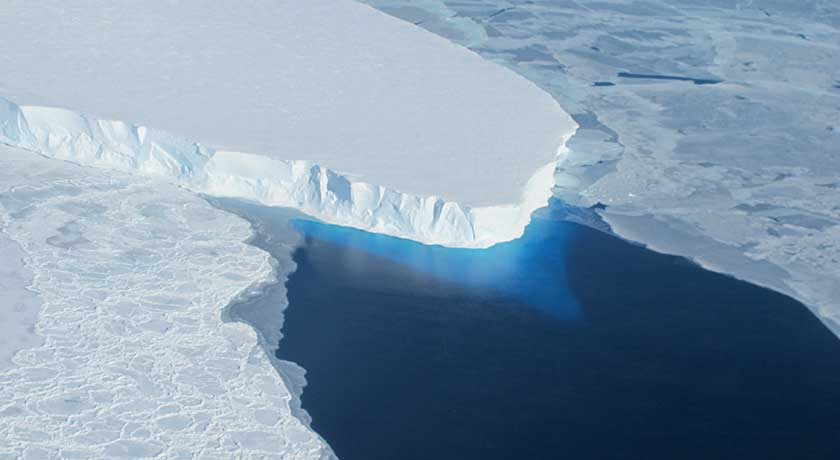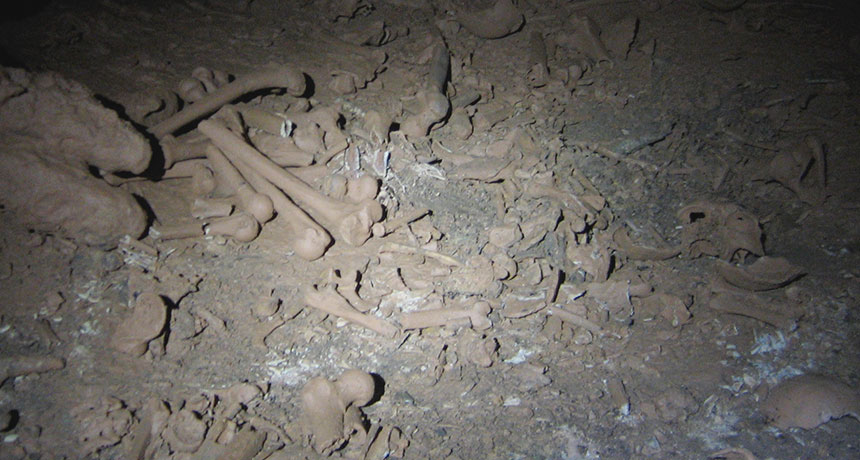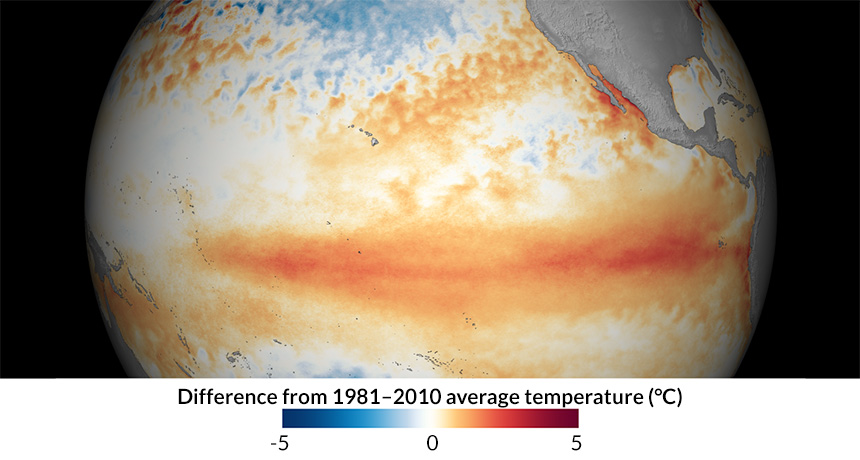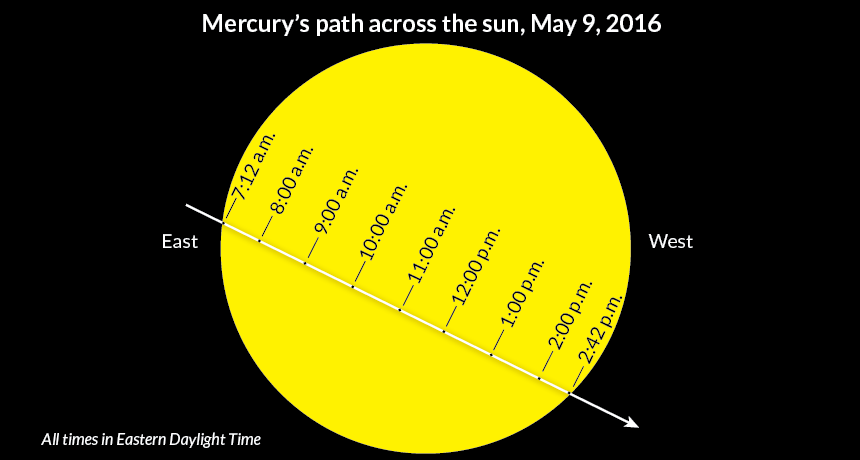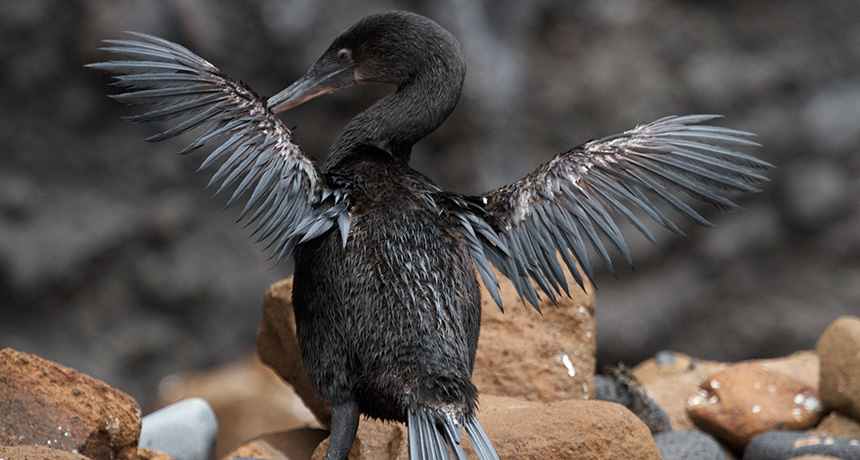Why some male hyenas leave and others are content to stay home

There must be something wrong with the guy who never leaves home, right? Maybe not — at least if that guy is a male spotted hyena. Males that stay with their birth clan, instead of taking off to join a new group, may simply be making a good choice, a new study suggests.
Spotted hyenas are a matriarchal society. Females are in charge. They rank higher than every male in the clan. And the females generally stay with the clan for their entire lives. But males face a choice when they reach two and a half years in age. They can stay with the clan, or they can leave and join a new clan.
Each choice has its pros and cons. Staying with the clan means that a male hyena keeps a place at the top of the male pecking order. He’ll probably have his mother around to help. But he’ll be limited in the number of females he can mate with, because many of the female hyenas won’t mate with him because they might be related. If he joins a new clan, the male hyena might have access to more females — and they might even be better than the ones in his home clan — but he’ll start with the lowest social rank and have to spend years fighting his way to the top.
Among most group-living mammal species, the guys that stay at home turn out to be losers, siring fewer offspring. But spotted hyenas, it appears, are an exception.
Eve Davidian of the Leibniz Institute for Zoo and Wildlife Research in Berlin and colleagues tracked 254 male spotted hyenas that lived in eight clans in Ngorongoro Crater in Tanzania throughout their lives, a study lasting 20 years. When these males reached the age of maturity, they left their clans to take a look at the other options available to them. Forty-one hyenas returned to their home clans, and 213 settled with new ones.
Even though the males that stayed at home probably had fewer potential breeding partners, they still managed to sire as many offspring as those males that left for greener pastures. Many mated at an earlier age, and they tended to mate with higher-ranking females than males that joined new clans. And both groups lived similar lengths of time, the researchers report March 18 in Science Advances.
The guys who stay at home, it seems, aren’t losers who couldn’t find better prospects elsewhere. They just found good enough prospects at home, where they are at the top of the social ladder — and have mom around to help them get access to food and females.
Seems like a good strategy — for hyenas, at least.

